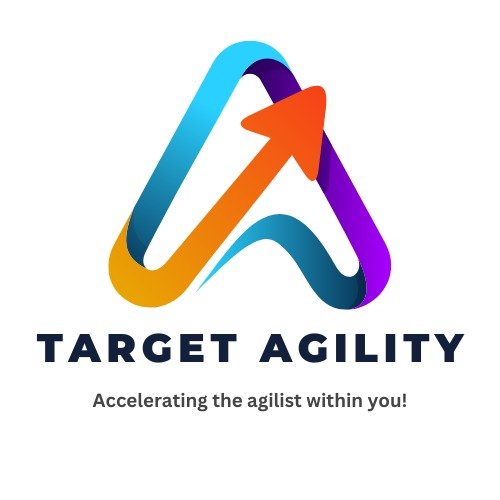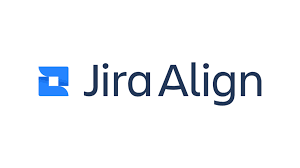Agile teams move fast. They plan, build, and deliver quickly—but how can you tell if they’re doing it well? Are tasks getting stuck? Are teams aligned with company goals? To answer these questions, more teams are turning to Agile analytics tools like Jira Align and Pluralsight Flow.
These tools help teams and managers see what’s working, what’s not, and where things can improve. Instead of guessing, teams can use real data to make better decisions and improve performance.
What Are Agile Analytics Tools?
Agile analytics tools give teams insights into how work is getting done. They do more than count tasks—they show how work flows, where it slows down, and how to fix it.
Two popular tools for this are:
- Jira Align – Great for big companies using Agile across many teams. It connects work at the team level to the company’s overall goals.
- Pluralsight Flow – Designed for engineering teams. It gives insights into how developers are writing and reviewing code.
Why Use Jira Align?
Jira Align helps companies see how everyday tasks support big goals. It’s perfect for organizations using Agile at scale. Leaders, managers, and teams all get the same view, so everyone knows what’s going on.
With Jira Align, you can:
- Match tasks to company goals (like OKRs)
- Track progress across teams
- Spot risks and roadblocks early
- Keep everyone aligned—from the team room to the boardroom
It’s a great tool for keeping large Agile programs organized and on track.
Why Use Pluralsight Flow?
Pluralsight Flow helps software teams work better together. It looks at how code is written, reviewed, and delivered. It’s not about tracking individual performance—it’s about helping teams improve their process.
With Flow, you can:
- See how often and how fast developers commit code
- Measure how long code reviews take
- Track how quickly code gets to production
- Spot patterns that slow the team down
This kind of insight helps leaders support their developers, remove blockers, and speed up delivery.
Why Agile Analytics Matter
Agile is all about getting better over time. But you can’t improve what you don’t measure. That’s why analytics are so important.
Agile analytics tools help teams:
- Work more efficiently
- Fix slow or broken processes
- Align better with business goals
- Make smart decisions based on real data
Whether you’re leading a team or running a whole department, these tools give you the visibility you need.
Conclusion
If your team wants to improve how it works, Jira Align and Pluralsight Flow are great tools to consider. Jira Align connects team tasks to company goals, while Flow gives tech leads a clear view of how code is moving through the pipeline.
Agile isn’t just about moving fast—it’s about improving as you go. And with the right analytics tools, you can make sure your team keeps getting better, one sprint at a time.












